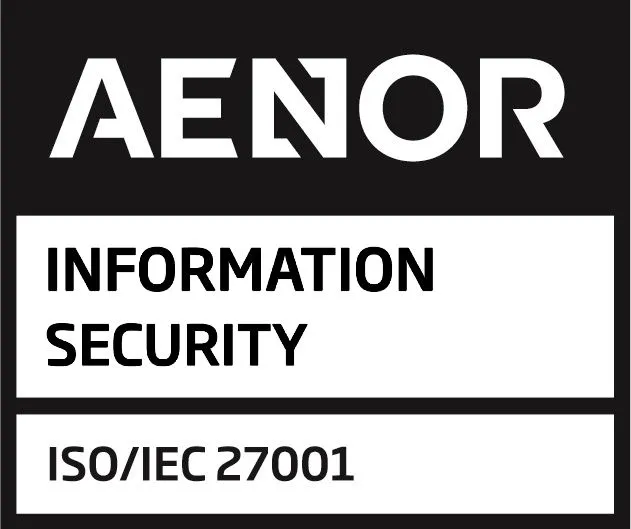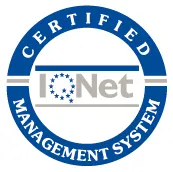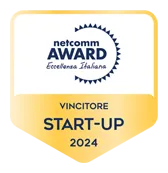
What if you discovered a foolproof way to ensure your employees are always motivated and happy at work? Imagine a place where every small achievement is recognised and rewarded, and where your employees feel valued and appreciated every day. If you’d like to know how to achieve this, read on. We guarantee that by the end of this article, you will have gained the keys to implementing a successful employee motivation programme in your company.
Table of Contents
What is an Employee Motivation Programme?
An employee motivation programme is a business strategy designed to reward and recognise employees’ achievements and efforts. This does not simply mean that managers hand out prizes or rewards to their employees, but it is about creating a whole culture where recognition is an integral part of the work environment. These types of programmes are essential for talent retention, boosting team motivation, and improving the overall work environment.
Benefits of an Employee Motivation Programme
- A better talent retention: One of the main advantages of implementing an employee motivation programme is talent retention. Employees who feel valued are less likely to look for job opportunities in other companies. Statistics show that in companies that prioritise recognition, employees are 56% less likely to look for a new job.
- Improved team motivation: Regular recognition can transform team dynamics. Motivated employees are more productive, creative, forward thinking and committed. A well-structured programme can significantly elevate team motivation levels.
- Enhancement of the company culture: Employee motivation programmes not only benefit employees but also reinforce the company culture. When recognition is a common practice, it fosters a positive and collaborative work environment.
Key Components of an Employee Motivation Programme
- Clear Goal Setting: A successful programme has specific and measurable objectives. These objectives can be performance goals, project milestones or behaviours aligned with the company’s values, among others.
- Variety of Employee Rewards: Offering a variety of employee rewards can make the programme more attractive. These can range from monetary incentives and additional days off, to providing personalised experiences such as a meal or trip.
- Transparency and Consistency: The key to success lies in the programme’s transparency and consistency. All employees should understand how the programme works and feel that the recognition system is fair and equitable.
How to Implement an Employee Motivation Programme
Implementing an effective employee motivation programme requires thoughtful planning, ongoing communication, and a commitment to continuous improvement. By following these steps, you can create a dynamic and engaging environment that motivates and rewards your employees.
Step 1: Assess Your Company’s Needs
Understanding Your Workforce:
- Conduct Surveys and Meetings: Utilize employee surveys, focus groups, and one-on-one meetings to gather comprehensive data on what motivates your employees. This could include questions about preferred types of recognition, desired rewards, and any existing gaps in current motivation strategies.
- Analyze Demographic Factors: Consider the diverse backgrounds, job roles, and career stages of your employees. Different demographics may have varying preferences for recognition and rewards.
- Benchmarking: Compare your findings with industry standards and best practices. Understanding how other successful companies motivate their employees can provide valuable insights and inspiration.
Step 2: Design the Programme
Crafting a Tailored Motivation Strategy:
- Diverse Recognition Methods: Include a variety of recognition methods such as public acknowledgment, private commendations, bonuses, extra time off, and professional development opportunities. This ensures that the programme appeals to a broad range of employees.
- Clear and Achievable Goals: Establish specific, measurable, attainable, relevant, and time-bound (SMART) goals that employees can strive towards. Clearly define what behaviors and achievements will be rewarded.
- Inclusive and Equitable: Ensure the programme is fair and inclusive, providing equal opportunities for all employees to be recognized and rewarded.
Step 3: Communicate and Launch
Effective Communication and Engagement:
- Company-Wide Announcement: Launch the programme with a company-wide meeting or virtual event to generate excitement and buy-in. Ensure leadership is visibly supportive and involved.
- Detailed Information: Provide detailed information through emails, the company intranet, and printed materials. Include FAQs, examples of recognized behaviors, and a timeline for how and when rewards will be distributed.
- Visual and Interactive Elements: Use posters, videos, and interactive elements to make the programme more engaging. Consider creating a dedicated space, such as a bulletin board or an online portal, where employees can see real-time updates and recognitions.
Step 4: Monitor and Adjust
Continuous Improvement:
- Regular Feedback: Implement a system for regular feedback from employees about the programme’s effectiveness. This could be through follow-up surveys, suggestion boxes, or periodic focus groups.
- Performance Metrics: Track key performance indicators (KPIs) related to employee engagement, productivity, and retention. Analyzing these metrics can help determine the programme’s impact.
- Adaptability: Be prepared to make adjustments based on feedback and performance data. This might include updating reward options, tweaking recognition criteria, or improving communication strategies.
- Celebration of Successes: Regularly celebrate the programme’s successes and share stories of how it has positively impacted employees. This reinforces the value of the programme and encourages continued participation.
Employee Motivation Success Stories
Find out about different recognition programmes that large companies have put in place for their employees.
Google is known for its highly innovative corporate culture which prioritises employee wellbeing. Its recognition programme includes the use of the “gThanks” platform, akin to a “wall of happiness”, a place where employees can give and receive praise, either publicly or privately. This system is an effective way of fostering an environment of gratitude and collaboration. Google additionally offers rewards such as bonuses, extra days off and professional development opportunities. The transparency and accessibility of this programme have been key to maintaining high levels of satisfaction and retention among its employees.
Disney
Disney uses the hashtag #CastCompliment on social media to encourage public, positive recognition of its employees, aka cast members. Visitors to the park can praise employees using this hashtag on the X platform (Twitter). Disney supervisors then retweet these compliments along with a photo of the employee. Not only does this motivate the staff, but it also promotes a positive work environment with a strong culture of appreciation. This public recognition system has proven effective in maintaining high morale and satisfaction among Disney employees, reinforcing a culture of gratitude and appreciation within the company.
Zappos
Zappos, which is known for its distinctive company culture, has an equally innovative approach to employee recognition. Their programme includes initiatives such as an internal currency called “Zollars”. Employees earn Zollars for a variety of achievements and then redeem these for rewards. Zappos additionally has a peer-to-peer recognition system, through which employees can nominate each other for monthly awards. This approach promotes team cohesion and ensures that all employees feel valued and appreciated by both colleagues and management.
Implementing an employee motivation programme not only improves talent retention and team productivity but also creates a positive and innovative work environment.
If you’re curious or eager to delve further into the world of employee motivation and recognition initiatives, taking the next step is easy. Simply access the guide we have created for you. It provides a step-by-step process for designing a motivation and recognition programme. From the strategic design to finding the format that best suits your company profile.
New to Vip District? Contact us and find out what our platform has to offer!








